Counter-terrorism referrals double after attacks
Police point to Prevent scheme success but say public still need to do more
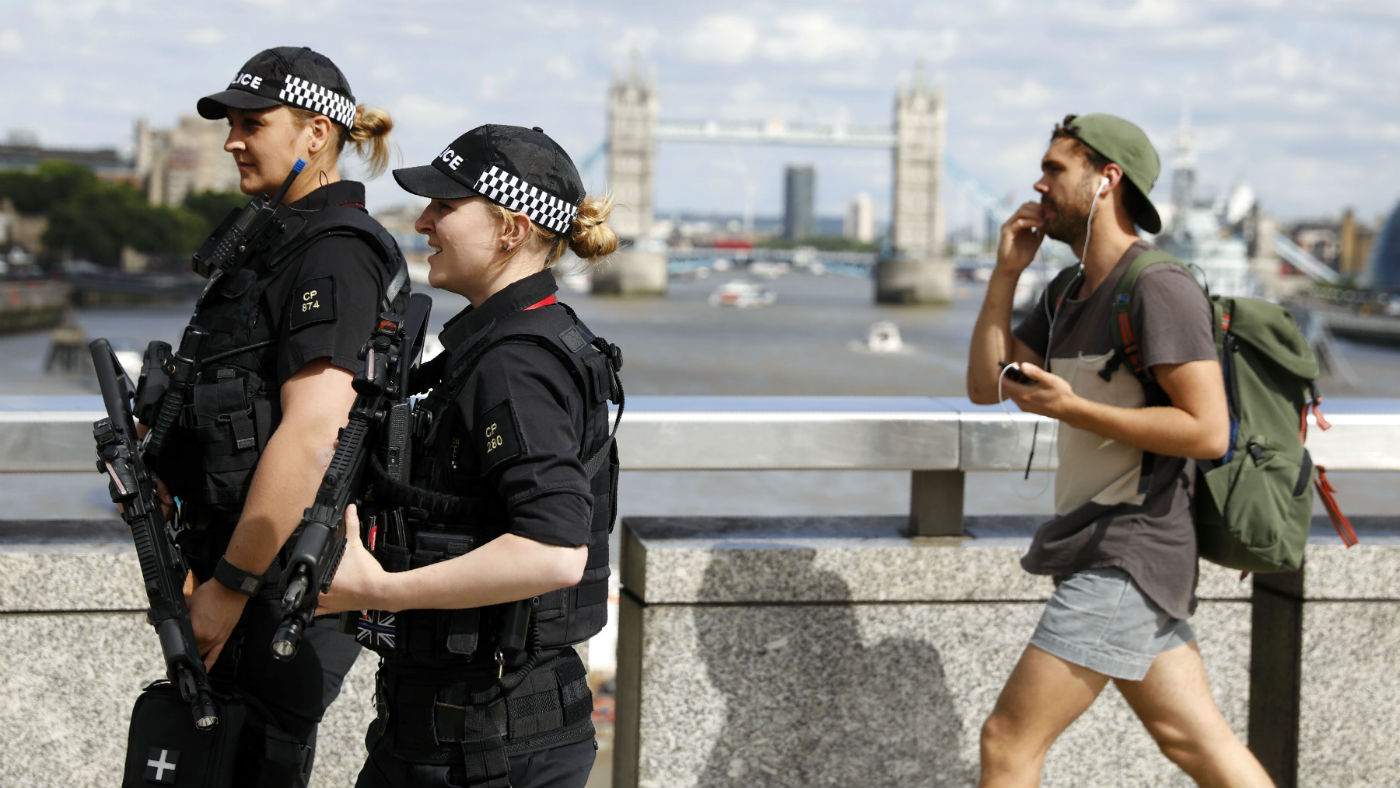
The number of people reported by members of the public as a potential terrorism threat has doubled since the attacks in London and Manchester earlier this year.
Simon Cole, the National Police Chief Council's lead spokesman on de-radicalisation efforts, said police had received around 200 referrals to the government's counter-terrorism Prevent scheme since March, when Britain suffered the first of four deadly assaults.
This was more than twice the number received by Prevent representatives in the six months prior to the attacks.
The Week
Escape your echo chamber. Get the facts behind the news, plus analysis from multiple perspectives.

Sign up for The Week's Free Newsletters
From our morning news briefing to a weekly Good News Newsletter, get the best of The Week delivered directly to your inbox.
From our morning news briefing to a weekly Good News Newsletter, get the best of The Week delivered directly to your inbox.
Speaking to reporters, Cole said that "even though these referrals from the public are increasing", the number was still relatively low and "we still need more people to have the confidence to tell our safeguarding experts if they are worried about someone's behaviour".
Long viewed as "the most controversial strand of the government's attempts to stop Britons from becoming involved in violent extremism", says Reuters, Prevent was created after the 2005 7/7 London bombings. "Many Muslims believe it has been used as a tool to spy on their communities rather than simply sway potential militants from becoming radicalised."
But supporters such as the Dean Haydon, head of London's Counter Terrorism Command, say the scheme has achieved "fantastic results", and has helped authorities stop more than 150 people from travelling to Syria to join Islamic extremist groups in the past year.
About 60 per cent of recent referrals were related to Islamic extremists, Cole said, and 15 per cent were connected to right-wing extremism, a figure which has doubled since the murder of the MP Jo Cox last summer.
A free daily email with the biggest news stories of the day – and the best features from TheWeek.com
-
 How will China’s $1 trillion trade surplus change the world economy?
How will China’s $1 trillion trade surplus change the world economy?Today’s Big Question Europe may impose its own tariffs
-
 ‘Autarky and nostalgia aren’t cure-alls’
‘Autarky and nostalgia aren’t cure-alls’Instant Opinion Opinion, comment and editorials of the day
-
 Japan’s Princess Aiko is a national star. Her fans want even more.
Japan’s Princess Aiko is a national star. Her fans want even more.IN THE SPOTLIGHT Fresh off her first solo state visit to Laos, Princess Aiko has become the face of a Japanese royal family facing 21st-century obsolescence
-
 Ten years after Bataclan: how has France changed?
Ten years after Bataclan: how has France changed?Today's Big Question ‘Act of war’ by Islamist terrorists was a ‘shockingly direct challenge’ to Western morality
-
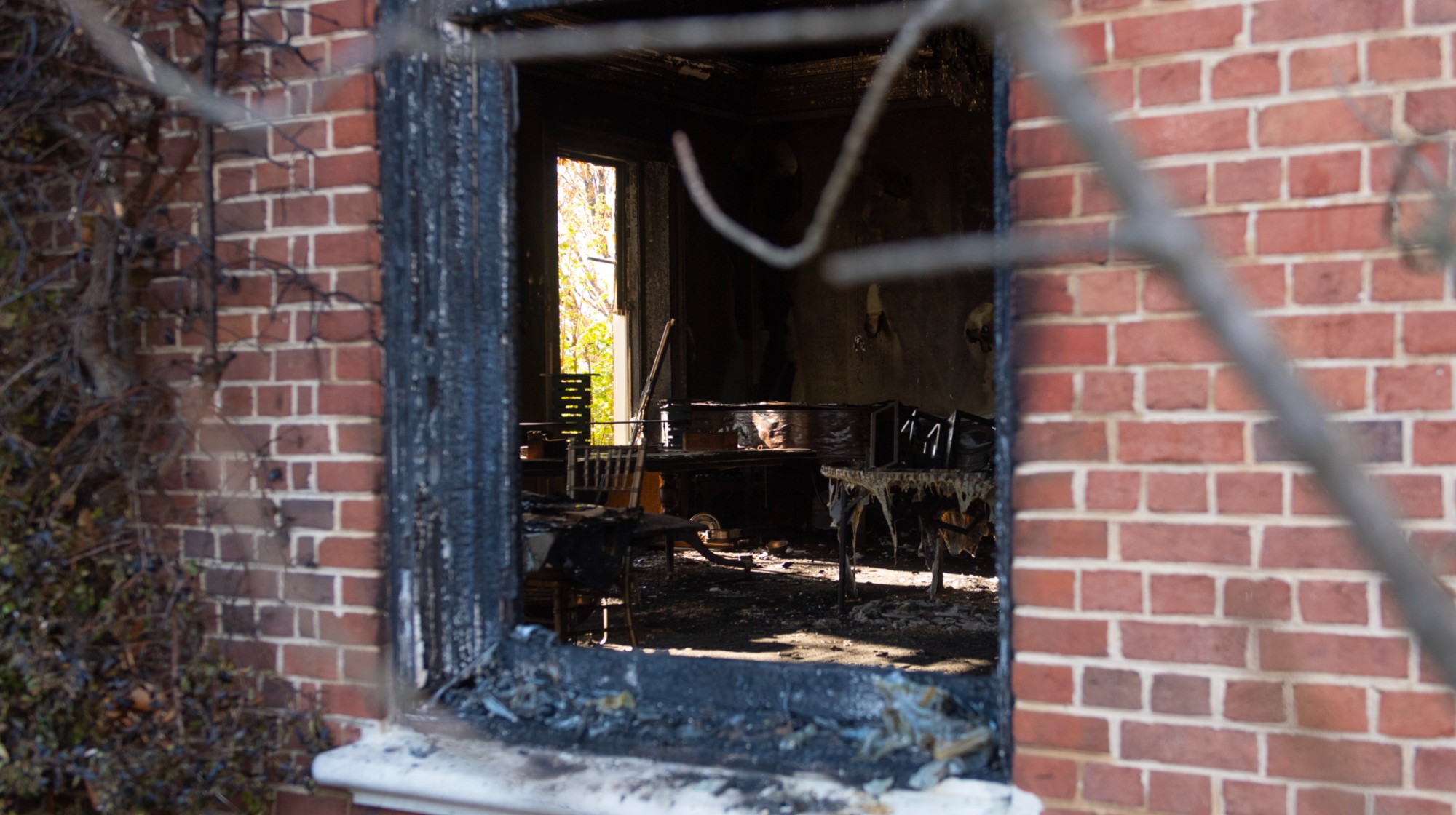 Arsonist who attacked Shapiro gets 25-50 years
Arsonist who attacked Shapiro gets 25-50 yearsSpeed Read Cody Balmer broke into the Pennsylvania governor’s mansion and tried to burn it down
-
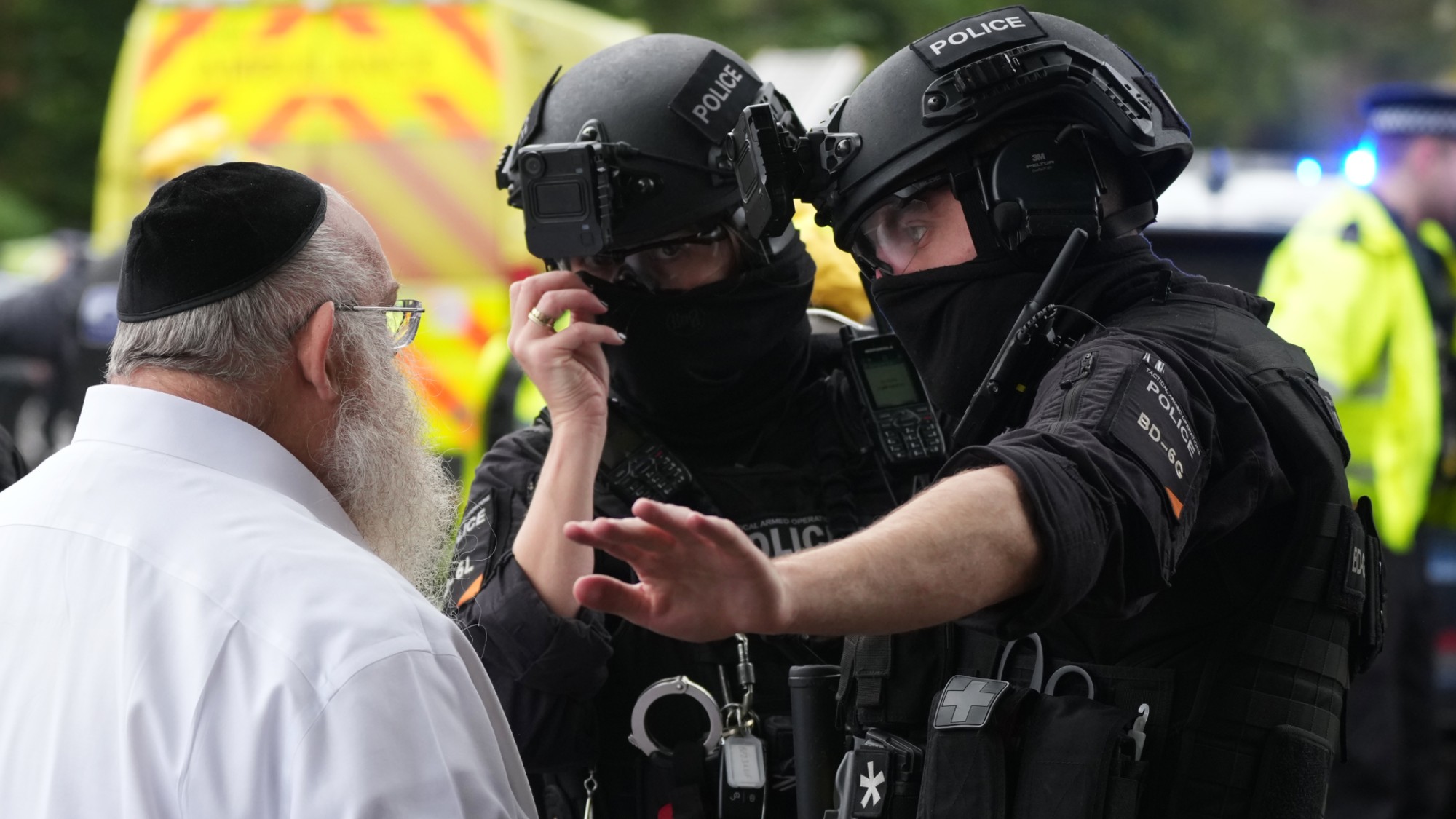 Manchester synagogue attack: what do we know?
Manchester synagogue attack: what do we know?Today’s Big Question Two dead after car and stabbing attack on holiest day in Jewish year
-
 3 officers killed in Pennsylvania shooting
3 officers killed in Pennsylvania shootingSpeed Read Police did not share the identities of the officers or the slain suspect, nor the motive or the focus of the still-active investigation
-
 Dash: the UK's 'flawed' domestic violence tool
Dash: the UK's 'flawed' domestic violence toolThe Explainer Risk-assessment checklist relied on by police and social services deemed unfit for frontline use
-
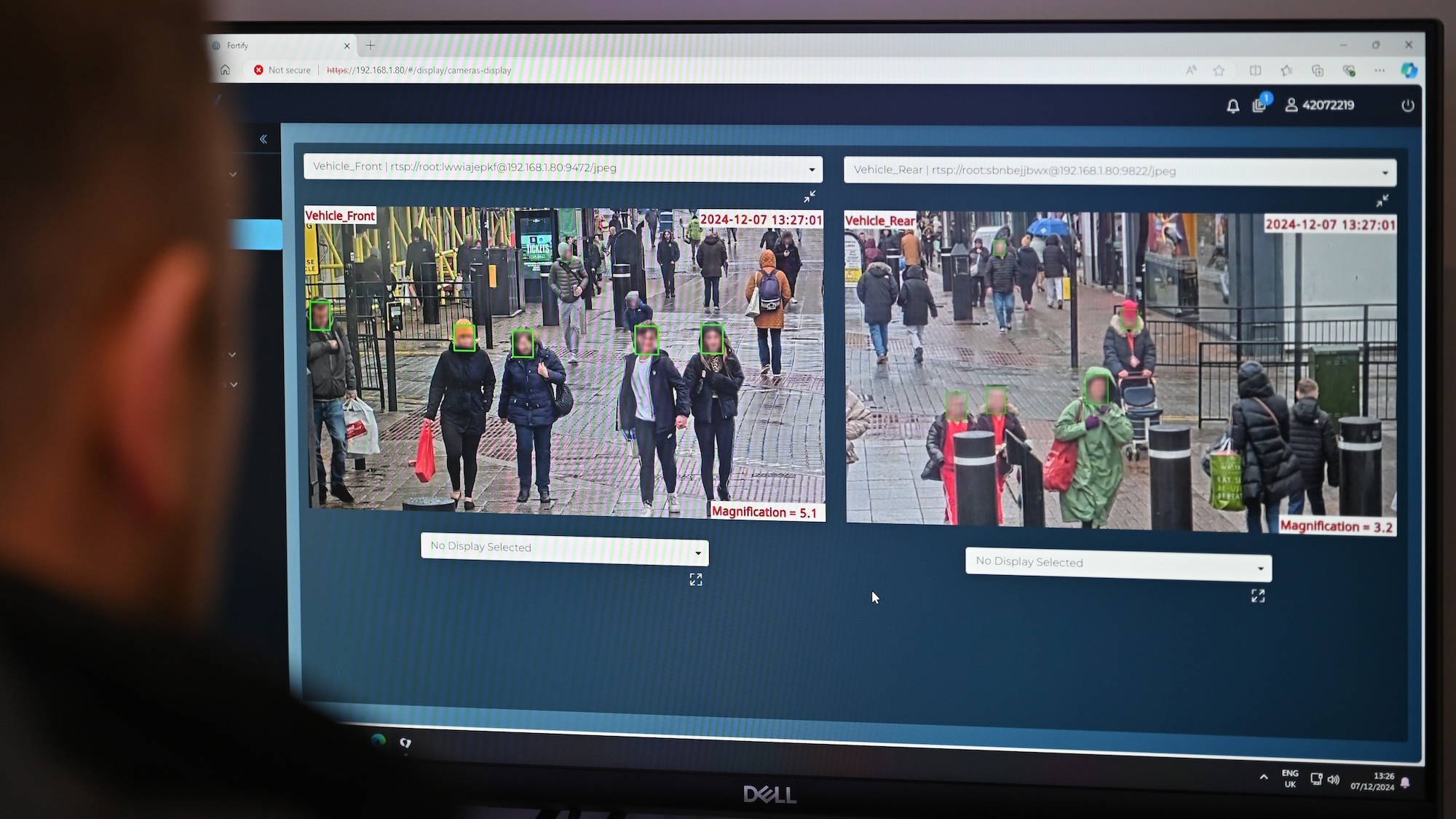 The ethics behind facial recognition vans and policing
The ethics behind facial recognition vans and policingThe Explainer The government is rolling out more live facial recognition technology across England
-
 The Miami Showband massacre, 50 years on
The Miami Showband massacre, 50 years onThe Explainer Unanswered questions remain over Troubles terror attack that killed three members of one of Ireland's most popular music acts
-
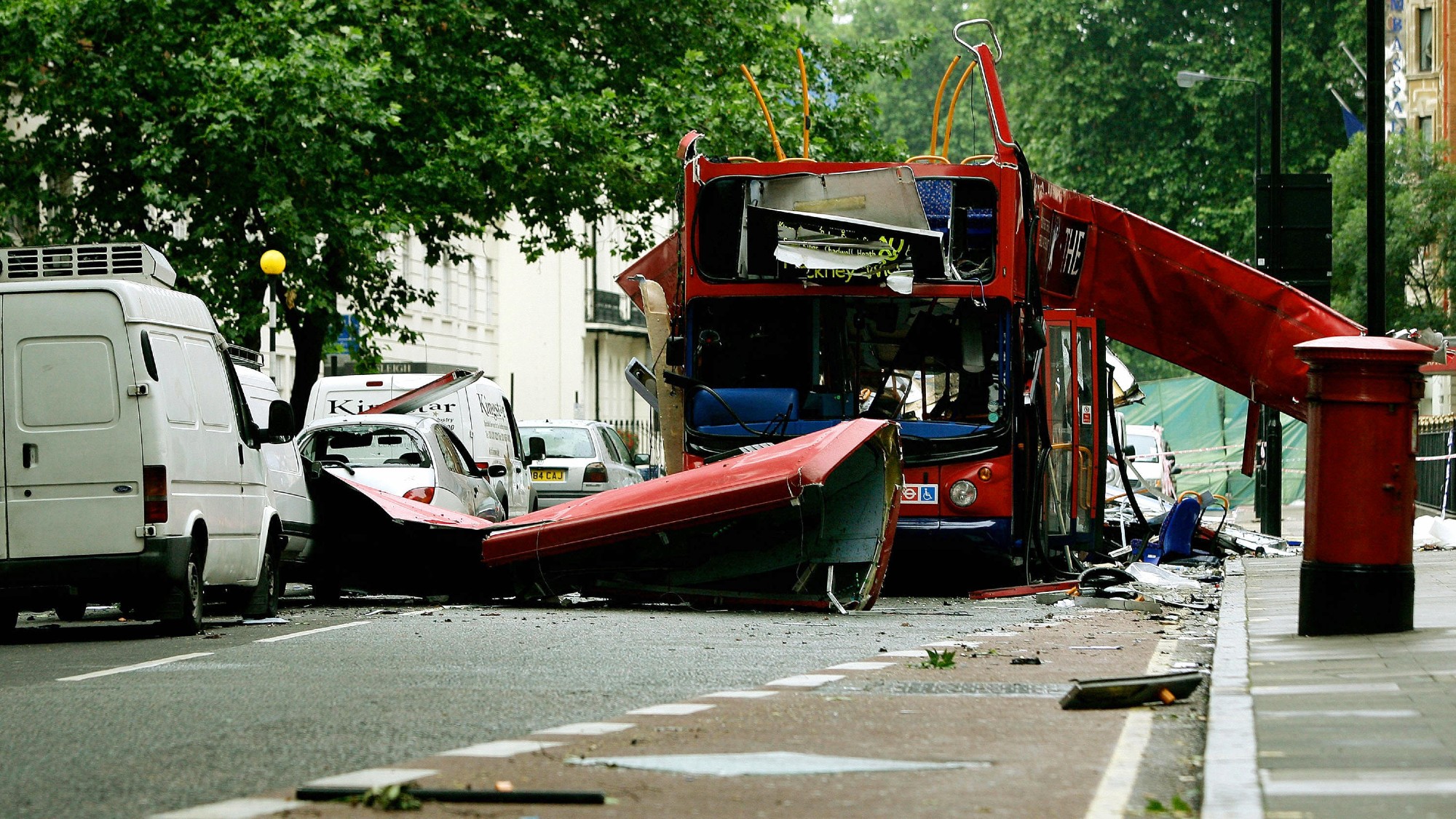 The failed bombings of 21/7
The failed bombings of 21/7The Explainer The unsuccessful attacks 'unnerved' London and led to a tragic mistake